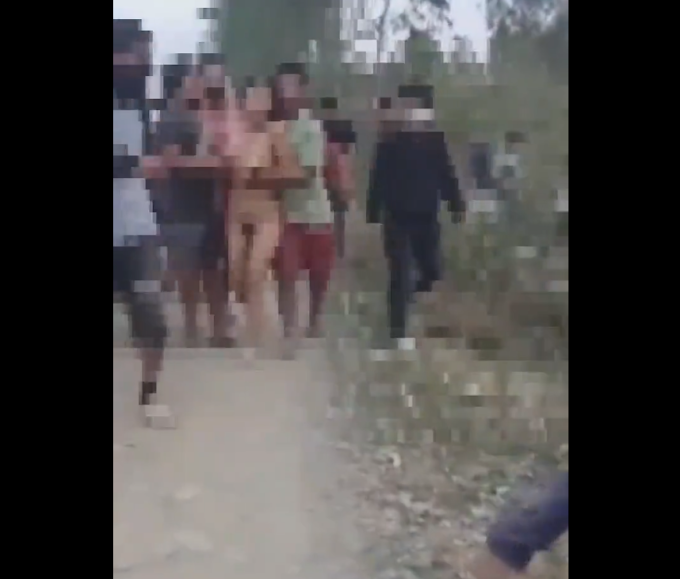The newly surfaced U.S. intelligence report from the Defense Intelligence Agency (DIA) offers a sobering counterpoint to President Donald Trump’s claims regarding the recent airstrikes on Iran’s nuclear infrastructure. While Trump has asserted in public statements that the nuclear sites at Natanz, Fordow, and Isfahan were "completely destroyed," the Pentagon’s internal assessment suggests otherwise:
Key findings from the DIA report:
-
Fordow and Natanz not fully destroyed:These two sites, central to Iran’s uranium enrichment capabilities, sustained significant but not total destruction. Much of their core infrastructure remains either intact or repairable.
-
Fordow’s resilience:
-
Built deep within the Zagros Mountains, Fordow is shielded by 45–90 meters of solid rock.
-
Even after deploying 12 GBU-57 bunker buster bombs, Fordow’s structure survived portions of the strike, validating earlier Pentagon concerns that conventional bombs might not fully penetrate the underground complex.
-
-
Iran’s preemptive measures:
-
The report highlights that 400 kg of uranium (enriched up to 60%) was moved before the attacks.
-
Satellite imagery from before the strike showed 16 cargo trucks at Fordow’s entrance, possibly used to transport the enriched uranium to undisclosed or hardened locations.
-
-
Short-term setback, not a strategic halt:
-
While there was severe damage to infrastructure and some delay introduced to Iran’s nuclear programme, centrifuge equipment could reportedly be restarted within a few months, undermining any long-term impact.
-
-
Isfahan heavily targeted:
-
The site was hit by approximately 30 Tomahawk missiles launched from a U.S. Navy submarine.
-
However, details on damage levels there remain classified.
-
Conflicting public narratives:
-
Trump’s claim on Truth Social:“THE NUCLEAR SITES IN IRAN ARE COMPLETELY DESTROYED!... FAKE NEWS!”He cited Defense Secretary Pete Hegseth’s televised support to reinforce his position.
-
Reality according to Pentagon officials:General Dan Caine, who oversaw the operation, emphasized at a news conference that the sites suffered “severe damage and destruction,” but admitted full assessments were ongoing. This cautious tone contrasts with Trump’s totalizing rhetoric.
-
Strategic implications:Despite the operation being a tactical success, the strategic effectiveness is now in question, as Iran appears capable of rebuilding its nuclear capabilities within months. The attack may have only postponed — not derailed — the nuclear timeline.
This divergence between Trump’s public statements and the classified intelligence assessment points to a broader tension between political messaging and military-intelligence reality. The fallout from this may play a significant role in both domestic discourse and global diplomatic responses, especially as Iran reassesses its nuclear posture amid rising tensions in the Middle East.



